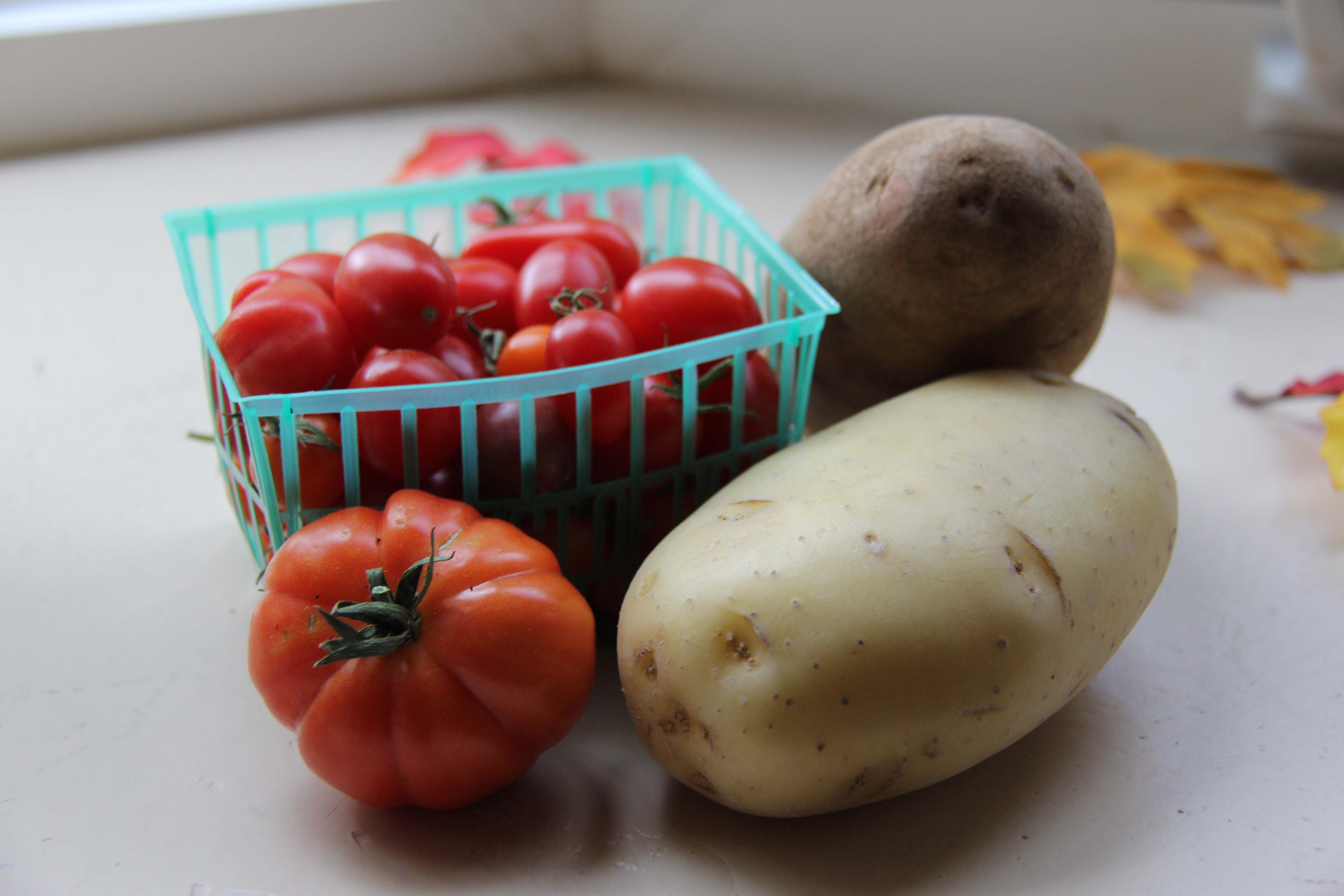 Two years ago, I was having issues with phosphorous. Phosphorous is a mineral that your kidney maintains balance of within your body by filtering excess out of your blood. My lab work indicated that my phosphorous was high. The solution, for me, was relatively simple. My doctor recommended I take a Tums with each meal. This would bind to phosphorous and it would be eliminated without having to be filtered through my kidney. Easy, peasy.
Two years ago, I was having issues with phosphorous. Phosphorous is a mineral that your kidney maintains balance of within your body by filtering excess out of your blood. My lab work indicated that my phosphorous was high. The solution, for me, was relatively simple. My doctor recommended I take a Tums with each meal. This would bind to phosphorous and it would be eliminated without having to be filtered through my kidney. Easy, peasy.
Fortunately, when I leaned toward becoming vegan (and am now 100%), phosphorous was no longer an issue. One of the biggest suppliers of phosphorus in the American diet is dairy. No dairy, no phosphorous issues.
Becoming vegan also meant that I was eating lots more fruits and vegetables. Fruits and veggies are high in potassium, another mineral your kidney has an eye out for. Last spring, part of my daily routine was to have a banana with breakfast and an avocado sandwich for lunch. This caused my potassium to rise above the normal range.
What’s so big about too high potassium? It is called hyperkalemia and it impacts the electrical reactions your body uses to function. Too much potassium for too long and you can have an abnormal heartbeat, arrhythmia, or at an extreme, a heart attack. This is rare and mainly impacts kidney patients.
Okay, cut out bananas and avocados. This brought my potassium back into normal range. Relatively easy, peasy.
In my most recent lab work my potassium was creeping up again. This next set of changes are more difficult. Cut back on potatoes, tomatoes, melons, winter squash, whole grains, and the list goes on.
I know those of you with sensitive stomachs have thought this, “what can I eat?” Funny thing about potassium is that you just have to limit it; it would be almost impossible to eliminate it entirely. This requires creativity and forethought, something my taste buds are not yet used to. If I had a potato for lunch, that means no tomatoes or squash for dinner.
The part I am currently confused by is this: how many changes do I need to make to bring my potassium down without driving myself nuts? Is this something I should be cataloging? 410 milligrams of potassium in my lunch, carry-the-one, divide by two and add some cantaloupe?
Without doing lab work almost weekly, it is difficult to say. So we experiment. For now I’m just easing up on those things I know are super high. I’ll see at the next blood draw just how fanatical I need to get.
For those of you who are curious about the mineral content in your food, check out this site:
http://ndb.nal.usda.gov/ndb/search/list
You can search for almost anything and it will tell you what’s in it. Did you know that a cup of cooked kale has 2.5 grams of protein per serving? Note, it’s also high in potassium.
What is your method for managing dietary restrictions?
